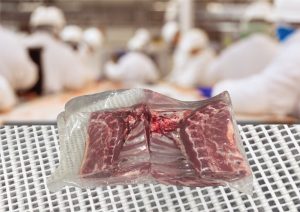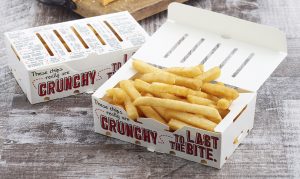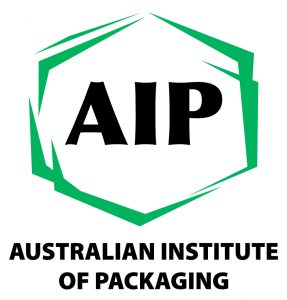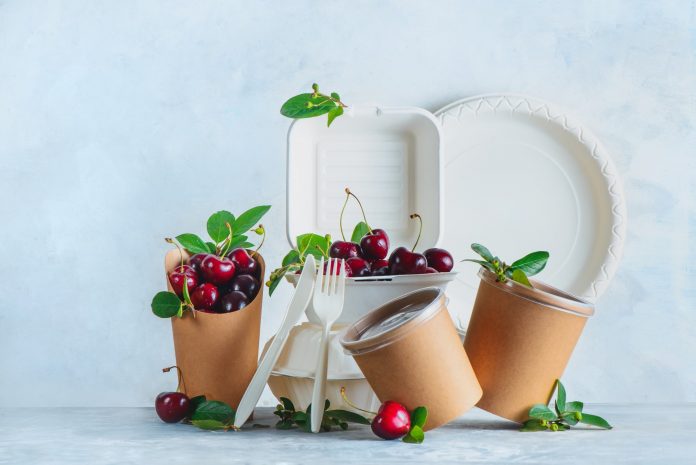
The most innovative and intuitive Save Food Packaging uses design features that can contain and protect, preserve, extend shelf life, easily open and reseal, provide consumer convenience and portion control; all the while meeting global sustainable packaging targets.
By Australian Institute of Packaging Executive Director Nerida Kelton.
Opportunities for packaging design to minimise food waste can include better facilitation or communication around portion control, date labelling, extension of shelf life, protection, resealability and openability, serving size, food safety/freshness information, information on storage options and improved communication on packs.
Two stand out packs that were recently recognised in the 2021 Save Food Packaging Design category in the PIDA awards were Junee Lamb for Agriculture and Edgell Supa Crunch for Food Service.
Junee Lamb (Junee Lamb and Sealed Air for CRYOVAC brand Total Bone Guard)

Meat products ending up in landfill contributes to over 20% of the carbon footprint of total food waste. An additional issue for meat products is leaking packs which causes unnecessary food and water wastage. Product sent from Junee Lamb were arriving damaged at the next point in the supply chain and non-conformance reports indicated that lamb packaged in previous shrink bags were failing and yielding food waste in the order of 4300kg per week. The significant volume of water required to produce the defective product was also being wasted in the previous packs. The move to CRYOVAC TBG put an end to leaking packs, food and water waste for Junee Lamb.
The vacuum shrink barrier bags are designed to provide a significant shelf life of 90 days. This is particularly important for the export market where long chilled shelf life is required. The design provides tough puncture, tear and abrasion resistance, high oxygen barrier properties, with built-in bone guard protection in areas that need it most. By identifying the areas of the bag at risk of puncture/abuse (based on cut packaged), bone guard can be purposefully positioned on the bag to protect these areas. The 150um bone guard patch ensures the efficient use of materials while delivering maximum protection and shelf life. The lamb will better withstand the rigours of production, storage, and distribution and that also means less waste. In this B2B application, multiple (up to six) meat cuts are packed into CRYOVAC TBG vacuum shrink barrier bags driving better product: packaging ratio and decreasing the amount of packaging used. The bag is Australasian Recycling Logo (ARL) compliant and recyclable through soft plastics collection programs.

Edgell Supa Crunch (Simplot Australia) for foodservice
To meet the needs of the foodservice channel, Simplot developed Edgell Supa crunch, a new chip designed to stay crunchy for up to 40 minutes throughout the challenging delivery process.
To complement and aid maintaining the crunch during delivery, Simplot designed an innovative and sustainable pack that has a raised and ventilated floor and just the right amount of ventilation on the sides and top to allow steam condensate to escape while retaining heat.
This pack utilises the stack effect where air is drawn into the carton at the base and then vents at the top of the carton allowing moisture filled air from the chips to rise and escape. The relatively shallow carton is designed to allow the chips to spread out, so they are not on top of one another. The one-way venting that the stack effect promotes works well in balancing heat retention and moisture escaping, promoting quality for food delivery.
The product has instructions on the pack as to how to use it, and how to effectively extend the life of the chips to keep hot and crispy and therefore not wasted. This product has been designed to extend the life of the product through keeping the product crispy and hot. If the customer finds that the product has cooled too much the packaging has been designed in a way that it can be reheated in a microwave for 20 seconds which extends the life of the product reducing the risk of spoilage due to cold soggy chips.
The pack was designed with tamper evidence for product security and is stackable allowing for easier distribution of bulk product and reducing the risk of crushing. The board is fully recyclable, FSC certified and has been optimised to reduce the amount of board used.
The National Food Waste Strategy, that aims to halve all food waste that heads to landfill by 2030, provides a framework for collective action across the ecosystem.
Packaging technologists have the opportunity to minimise food waste at the start by incorporating the AIP Save Food Packaging Design guidelines into their NPD process.
Marketers can spotlight the SFP design features as a point of difference and send a message to the consumer that the brand is actively trying to minimise food waste from paddock to plate.
Embedding Save Food Packaging design features at the NPD stage ultimately reduces the product’s overall environmental impact at the start of the value chain which minimises food wasted in the household.
Australia’s first Industry Insight Reports for Save Food Packaging Design
To embed Save Food Packaging Design into businesses we first need to understand whether manufacturers consider food waste and loss, how packaging technologists are designing food packaging, if marketing are ensuring that on-pack communication provides the best messaging to consumers and what the barriers are to implement SFP strategies.
As a core participant of the Fight Food Waste Cooperative Research Centre, the Australian Institute of Packaging (AIP) Save Food Packaging Design project has released two stakeholder industry insight reports that will help to set a baseline for current design practice and enable a path forward for areas of improvement. The two reports are called:
- Industry Insights Report: Stakeholder Online Survey of Product-Packaging Design Processes
- Industry Insights Report: Stakeholder Interviews of Product-Packaging Design Processes
These reports represent the current landscape of the food and packaging industry regarding perceptions and practices of food waste and Save Food Packaging.
The two research reports are available on the AIP website:
- http://aipack.com.au/wp-content/uploads/FFWCRC121_SFPDC_OnlineSurveyReport_final-25.11.20_v3.pdf
- http://aipack.com.au/wp-content/uploads/FFWCRC121_SFPDC_InterviewIndustryReport_V2_reduced.pdf
 About Nerida Kelton MAIP
About Nerida Kelton MAIP
Nerida Kelton has worked in the packaging industry for more than 23 years and is the Executive Director for the Australian Institute of Packaging, which is the peak professional body for packaging training and education in Australasia. Nerida is passionate about sustainable and circular packaging design and the ‘Save food packaging design’ movement and is the lead for the Save Food Packaging Consortium project within the Fight Food Waste Cooperative Research Centre and was the packaging representative on the Department of Agriculture, Water and the Environment’s National Food Waste Strategy Steering Committee. She invests her time educating the industry on the important role that packaging plays in minimising food waste and how designing ‘save food packaging’ can make a difference.
About Australian Institute of Packaging
The Australian Institute of Packaging (AIP) is the peak professional body for packaging education and training in Australasia, helping to shape the careers of generations of packaging professionals, from packaging technologists to international packaging business leaders, along with a host of people in associated disciplines, such as sales and marketing, purchasing, production and environment.
The AIP was founded in 1963 in response to a need for packaging technologists to interact and provide a professional identity for individuals within the packaging industry. Having served the industry for more than 55 years, the AIP is the only professional body designed to provide professional and personal development to all levels of the packaging industry.


